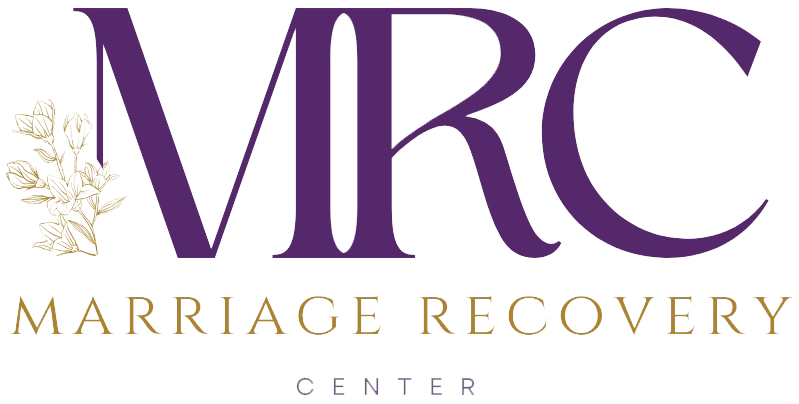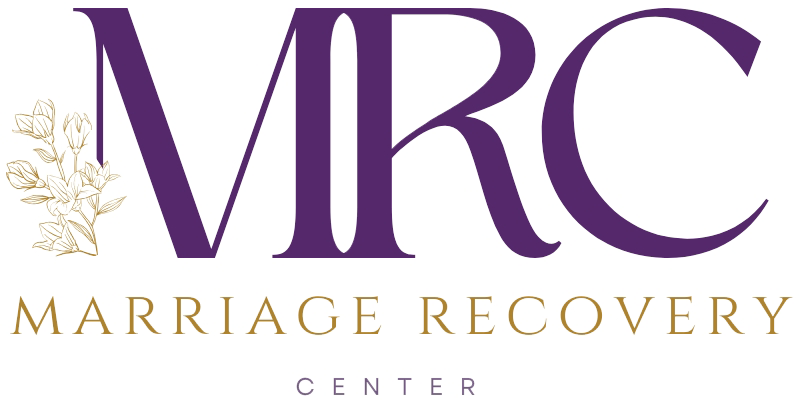In communication, especially under stress or conflict, people often adopt various patterns of behavior. These patterns can either be destructive or constructive. Dr. David Hawkins, director of the Marriage Recovery Center and the Emotional Abuse Institute, outlines four ways to respond to stress and conflict, three of which are unhealthy and one that fosters healthy communication and relationship growth. These responses are summarized by the “Four Fs”: Fight, Flight, Freeze, Fawn, and one essential alternative, Flow.
In this article, we’ll explore each of these patterns and their impact on relationships, and delve into the healthy alternative that can help resolve conflict effectively.
1. Fight: The First Unhealthy Response
The first response under stress is fight, which is especially common in narcissistic and emotionally abusive individuals. This response is marked by:
- Contention: The person argues or wrangles, often aiming to dominate or win the conflict.
- Aggression: They may use outright aggression or passive-aggressive tactics to maintain control.
- Power Struggle: There’s a strong desire to overpower the other person rather than engage in a constructive conversation.
The problem with this approach is that it leaves little room for productive communication. The person who resorts to fighting doesn’t hold both their own concerns and those of the other person in balance. Instead, their aim is singular—victory. The result? Exhaustion and frustration for everyone involved. Whether the individual in question is a partner, boss, or friend, their behavior leads to constant conflict and leaves the other person feeling overwhelmed and defeated.
In any healthy communication dynamic, assertiveness is key. Assertiveness allows individuals to express their needs while also considering the needs of others. Unfortunately, those who adopt a fight response often fail to practice healthy assertiveness, and their communication is instead marked by tension and one-sidedness.
2. Flight: Avoidance as a Coping Mechanism
The second response is flight, which can be just as damaging as fighting. Individuals who respond with flight tend to:
- Stonewall: They walk away from the conflict without resolving the issue at hand.
- Avoid: They refuse to return to the discussion in a timely manner, sometimes leaving the issue unresolved for days or even weeks.
- Deny: By not addressing the problem, they deny the significance of the issue to the other person.
This tactic is common in narcissistic relationships and leaves the partner or counterpart feeling dismissed and unimportant. The person engaging in flight may not outright reject the issue but rather withdraw, offering no promise of resolution. What’s worse is that they might fail to communicate their own emotional overwhelm, leaving the other person guessing.
Healthy communication, on the other hand, involves acknowledging when you’re unable to engage in a discussion at the moment but making a clear commitment to return to it within a reasonable time frame. Instead of disappearing for hours or days, a healthy response would involve saying, “I need 20 minutes to clear my head, and then we’ll talk again.”
3. Freeze: Emotional Shutdown
The freeze response is when an individual emotionally shuts down, leaving the other person in the dark. Signs of this response include:
- Stone Cold Silence: The individual becomes completely unresponsive, leaving the other person wondering if they’re even emotionally present.
- Disengagement: There’s no indication that they care about the situation or the person they are in conflict with.
Freezing can sometimes be a natural response to overwhelming stress, but in relationships, it’s often a sign of emotional detachment or an unwillingness to deal with conflict. When one partner freezes, the other may feel abandoned and disconnected, questioning the status of the relationship or the importance of their concerns.
Healthy communication would involve the person admitting that they are feeling overwhelmed and asking for a break while also assuring the other person that they’ll return to the conversation when they’re ready.
4. Fawn: The Passive Response
The fourth response is fawning, which is characterized by:
- Passive Submission: The individual gives in, saying things like “Whatever,” or “Just get on with it,” as a way to avoid confrontation.
- Dismissiveness: This response dismisses both their own needs and the importance of the discussion, brushing it off to get out of the situation.
This approach is destructive because it undermines the other person’s feelings and communicates that the conflict or issue doesn’t matter. Fawning might seem like a way to keep the peace, but it actually leads to unresolved issues and pent-up resentment over time.
In contrast, a healthy response to conflict would involve honest communication where both parties’ needs and concerns are acknowledged. Fawning, much like the other three destructive patterns, fails to address the root of the issue and keeps the relationship in a state of imbalance.
The Healthy Response: Flow
After examining the destructive communication patterns of fight, flight, freeze, and fawn, the natural question arises: What does healthy communication look like?
The answer is Flow.
Flow represents a state of calm, clear, and compassionate communication. It is marked by:
- Calmness: Both individuals remain calm, even in moments of tension.
- Clarity: There’s an openness and clarity in expressing one’s needs and concerns.
- Curiosity: Instead of reacting defensively, both parties remain curious about each other’s feelings and perspectives.
- Compassion: Empathy is present, as both individuals care about what’s important to the other.
- Connectedness: Rather than withdrawing or engaging in power struggles, both parties work towards staying connected through the conflict.
In a flow state, communication feels smooth, collaborative, and respectful. It’s about balancing your own needs with the needs of the other person, holding both in equal importance. Dr. Hawkins emphasizes that a hallmark of healthy communication is when “what’s important to me becomes important to you and vice versa.” This kind of mutual respect and understanding fosters trust and deeper connections in relationships.
Moving Toward Flow
If you find yourself in a relationship marked by the first four Fs—fighting, flighting, freezing, or fawning—it’s important to set boundaries and encourage growth. Boundaries are essential in establishing healthy communication patterns. It’s equally important to recognize when a relationship is stalling in destructive patterns and to communicate the need for change.
For relationships to thrive, both parties must learn how to communicate assertively and practice flow. Assertiveness involves expressing your needs in a way that respects the other person’s needs, too. In flow, there’s no place for dominance, avoidance, emotional shutdown, or passive submission. Instead, both individuals engage in the conflict with mutual respect, aiming for resolution and understanding.
A Healthy Way to Respond to Stress and Conflict – Conclusion
The Four Fs—Fight, Flight, Freeze, and Fawn—represent unhealthy responses to conflict that can undermine relationships. By contrast, Flow offers a constructive path to resolving disputes and maintaining healthy connections. Through calmness, clarity, curiosity, compassion, and connectedness, individuals can learn to communicate effectively and foster stronger, more resilient relationships. Whether in personal or professional interactions, striving for flow will lead to more meaningful, harmonious communication.
To learn how we can help, reach out to us at (206) 219-0145 or info@marriagerecoverycenter.com to speak with a Client Care Specialist
Also read: How Do You Help Someone Who Doesn’t Want Help?
About Dr. Hawkins:
The internet is inundated with hyperbole and misinformation about narcissism, leaving many people confused and hopeless. Get the facts on narcissism and emotional abuse from someone who has been researching, writing about and treating narcissism and emotional abuse for over a decade.
Dr. Hawkins is a best-selling author and clinical psychologist with over three decades of experience helping people break unhealthy patterns and build healthier relationships.
He is the founder and director of the Marriage Recovery Center and the Emotional Abuse Institute which offers education, training and counseling for people who want to break free of, and heal from, emotional abuse. Whether the perpetrator of the abuse is your spouse, partner, parent, boss, friend or family member, we offer practical advice for anyone trapped in a toxic, destructive relationship.
In addition to narcissism & emotional abuse, you’ll learn about the lesser known forms of abuse, including covert abuse, reactive abuse, spiritual abuse, secondary abuse, relationship trauma and much more.








